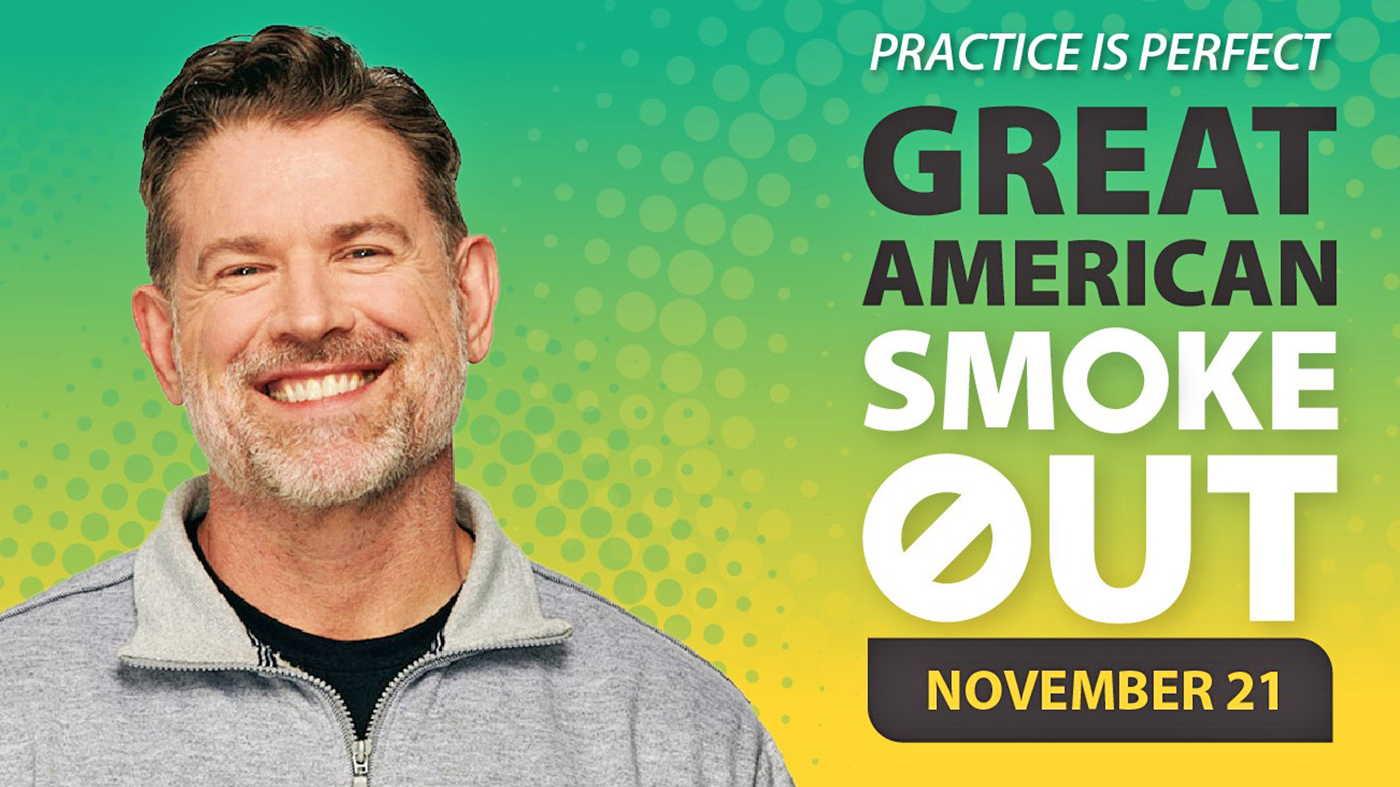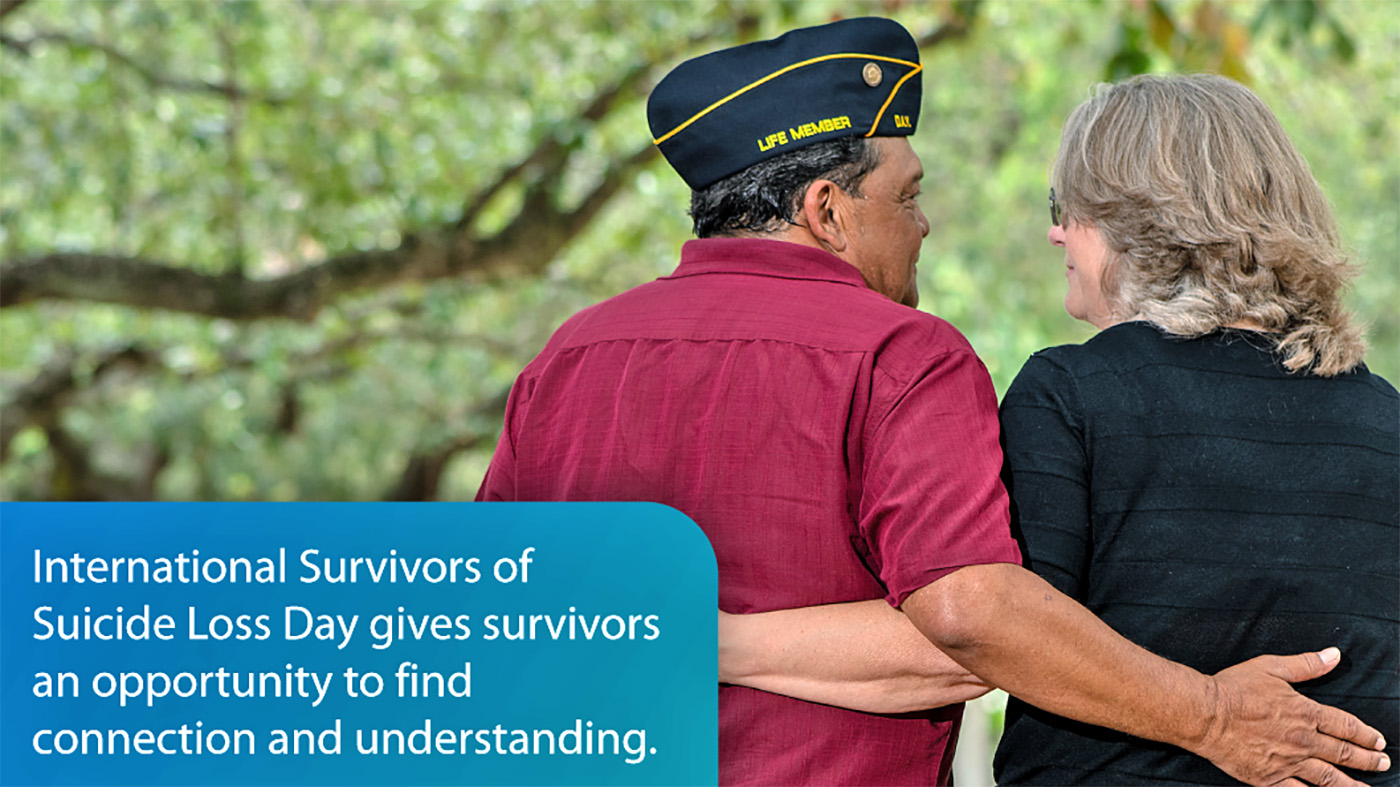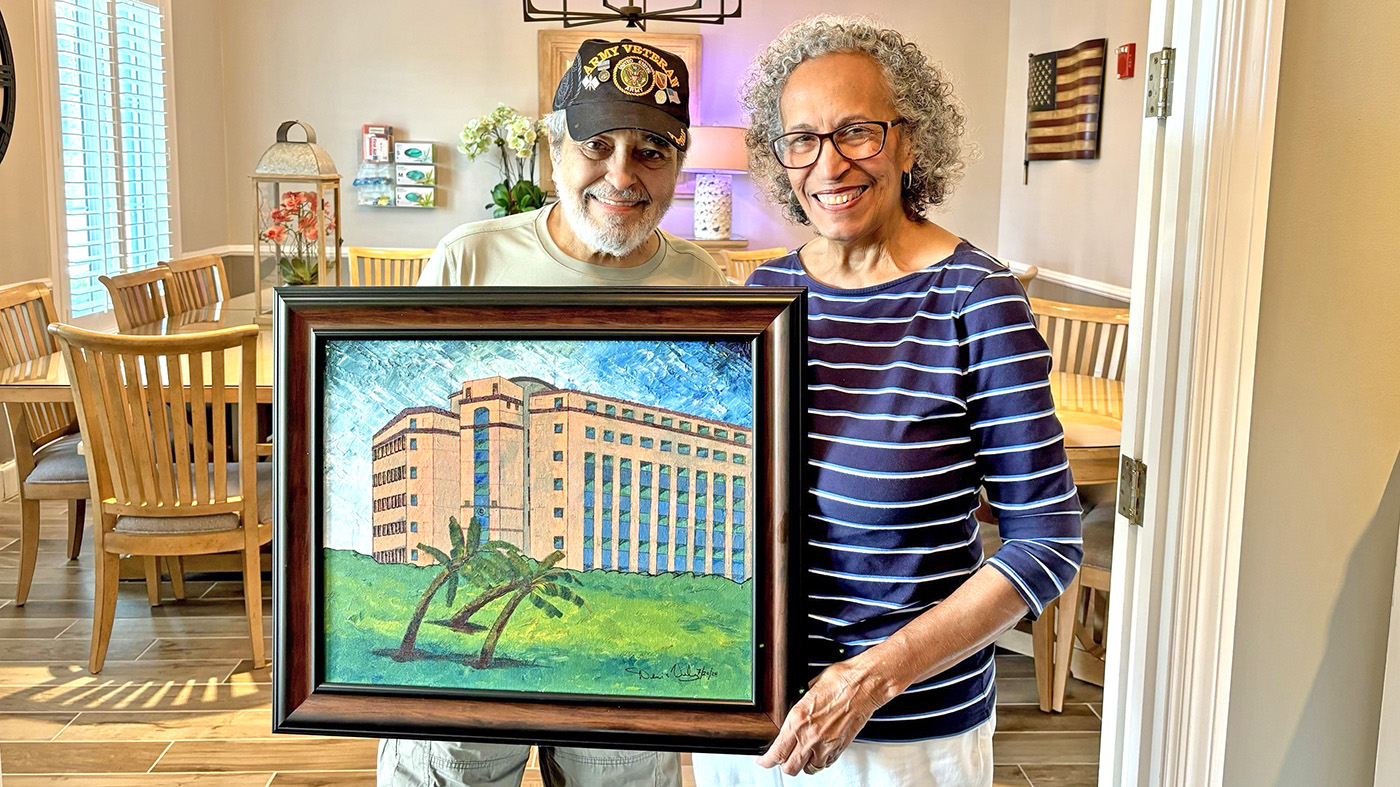While serving in Da Nang in South Vietnam, Marine Corps Veteran Joe Gallo was exposed to Agent Orange, the chemical defoliant used at the time by the military. VA recognizes certain cancers and other health problems, including prostate cancer, as presumptive diseases linked to exposure to Agent Orange and other herbicides.
Shortly after being diagnosed with prostate cancer in 2017, Gallo became involved with AnCan, a peer support health care network. The group coordinates virtual meetings for patients with such diseases as prostate cancer, breast cancer, brain cancer or multiple sclerosis.
Gallo came to realize that AnCan offered no breakout support group for prostate cancer patients like himself on active surveillance.
Active surveillance is a watch and wait type of approach for men with low-risk prostate cancer. It calls for regular PSA tests and biopsies to monitor the status of the cancer and make sure it doesn’t become aggressive.
He collaborated with two other AnCan prostate cancer patients on active surveillance – Howard Wolinsky and Mark Lichty – to create a virtual support group dedicated to active surveillance. They shared the idea with AnCan founder Rick Davis and the group became a reality.
“We all thought prostate cancer patients need help figuring out which way to go,” Gallo said. “We started having monthly meetings and invited everybody from newbies to people who had been on active surveillance for 20 years.”
“You’d better take a look at it.”
Today, Gallo and Wolinsky run the breakout group. They moderate virtual peer-to-peer meetings every Wednesday evening that are sometimes attended by hundreds of men on active surveillance, including many from other countries. The participants ask questions and offer support to other men with low-risk prostate cancer.
Plus, a urologist, oncologist or another doctor speaks to the group once a month and answers questions afterward. The goal is to educate the patients who at the same time are doing their homework by learning as much as they can about the disease.
Gallo and Wolinsky avoid offering medical advice. But they stress some basic points. One is that a PSA score of at least 4.0, typically the mark that tells someone he should see a urologist for a checkup, does not mean a patient has prostate cancer. The men who attend the meetings usually have a PSA score from 4.0 to 6.0, Gallo said.
“A PSA above 4.0 says something might be wrong and you’d better take a look at it,” he said. “When the light on your dashboard goes on, you don’t say I won’t worry about it. You take it to a mechanic to look at it. Get somebody else to look at it. Find out what’s going on and get some answers. Then you can figure out which way you’re going to go.”
Second opinion is key
Often in medicine, getting a second opinion is a way for a patient to make the most informed health care decision. The men in the AnCan active surveillance support group are urged to do the same. As for the reasons they choose active surveillance over a treatment like surgery or radiation, “We’ve seen the whole gamut,” Gallo noted. “It depends on the individual doctor. Some of them are really good. They say, ‘Active surveillance is the best way to go if you have a low or very low-risk form of prostate cancer.’ There are others, depending on their skill and in some cases probably from financial motives, who say, ‘No, I think you ought to go into the procedure.’”
“Anxious surveillance”
Do the men on active surveillance find it uncomfortable living with prostate cancer?
“We refer to that as anxious surveillance, either on the part of the patient or sometimes a family member,” Gallo said. “Our sessions are open to spouses to come in, too. We’ve seen it when the wife says, ‘It’s cancerous. You’ve got to remove the prostate right away.’ We try to encourage them to take a deep breath and get multiple inputs.
“If you feel like you really, really have to remove it, okay, here are some of the criteria you should use in selecting between surgery and radiation and, either way, where you’re going to find a good doctor. Prostate cancer is slow growing, depending on where it’s at. That you have it tells you the procedure that’s needed and how fast you need to move.
“We try to say, ‘Don’t panic. If your biopsy says you’re a Gleason six, low volume, then you’ve got time to figure it out. You may stay that way the rest of your life.’”
To sign up for the AnCan active surveillance support group, email Gallo at joeg@ancan.org.
Topics in this story
More Stories
For the Great American Smokeout, explore VA resources and learn why every attempt to stop smoking is a step toward success.
If you’ve lost a loved one to suicide, resources and support are available to help you cope during your grieving and healing.
Army Veteran Denis Velez donated a painting of his VA hospital as a way of giving back for his treatment there.








One of the greatest indicators of Joe’s leadership is the fact he encourages conversation and clarity. I have often heard him encourage a newbie in a group to open up and discuss the matter of Prostate Cancer. Joe encourages men to speak up and helps them ‘find their voices.’ One of the most important steps in dealing with a disease is being able to acknowledge you are not the disease, but you do have the disease. Joe shed illumination and helps men become their own best advocates. kapm
I Retired from the Air Force as an E6/TSgt and I was diagnosed in March of 2019 with Prostate Cancer very low risk and caught very early. My Urologist had been monitoring my rising PSA levels and once it got a 4 he said it may be time to take a look at it. So he setup a biopsy and the results of course was that I had Prostate cancer. This Dr. recommended robotic surgery to remove the prostate. I was not comfortable with removing the prostrate because I have heard a lot of stories of all the complications of those who have had it removed. I was not really comfortable with the idea a radiation therapy either. Fortunately a C0-worker and great friend who had prostate cancer some 12 years ago recommend Proton Therapy Pencil Beam therapy. He had this done at the University of Texas MD Anderson Cancer Center in Houston, TX. He said the treat is targeted to the actual cancer cells and nothing else is affected by the small stream of radiation. So I setup an appointment with Texas Center for Proton Therapy In Irving, TX. I had a consultation with Dr. Lee and I was convinced this was the best option for me. Dr. Lee Launched Proton therapy treatment at MD Anderson Cancer Center and treated the facility’s first proton therapy patient in 2006. Dr. Lee was the first physician to treat patients with spot-scanning proton therapy in North America, commonly known as Pencil Beam Scanning, which enables greater conformality in tumor treatments compared to traditional proton beam therapy. Additionally, he pioneered the use of fiducial markers with image guidance at MD Anderson to improve tumor localization to optimize the accuracy of proton pencil beam therapy. Dr. Lee also served as the Medical Director at MD Anderson and joined the Texas Center for Proton Therapy in 2015. My co-worker who told me about this therapy stated that he never had any kind of side effects of this type of therapy and lives a normal life although he still has his PSA levels checked. After I had my consultation and completing my research of this treatment I was convince this is what I wanted to do. So I setup my treatment appointments which consisted of 32 treatments and after my Tricare Prime insurance paid I only paid just under $1,000.00 out of pocket and the treatments lasted about 30 minutes on each visit. The center was close to where I worked like a 7 minute drive so I did have to use some sick leave each day of treatment. I never had any side effects and I continued my normal quality of life to include going to the Gym, Golfing or whatever I wanted. There was no residual pain what so ever. I highly recommend anyone who has any type of cancer no matter where it is located in the body because they can even treat brain cancer as well.
Joe is a great leader for men with PC!